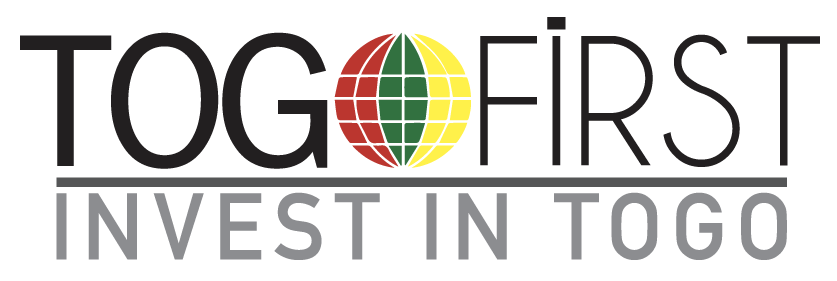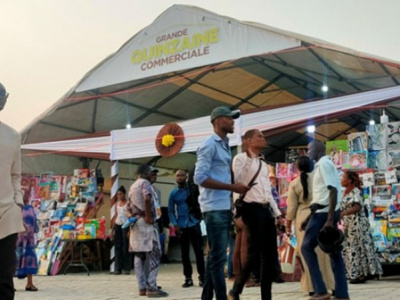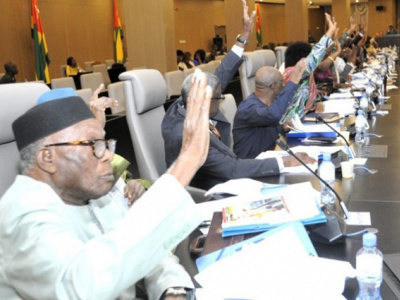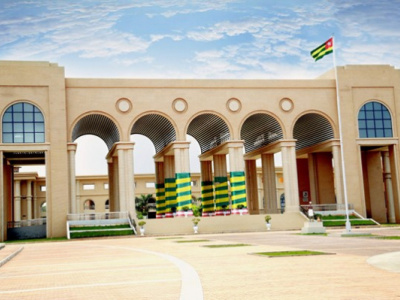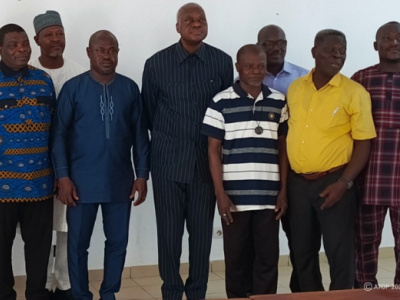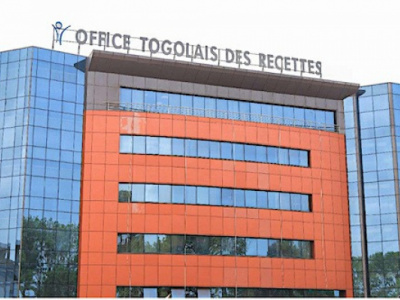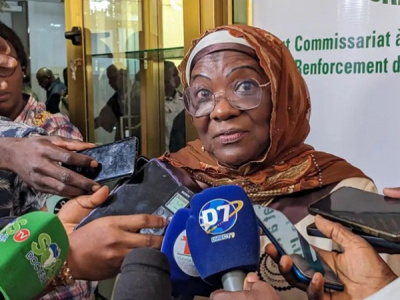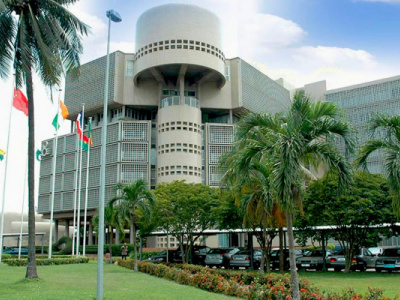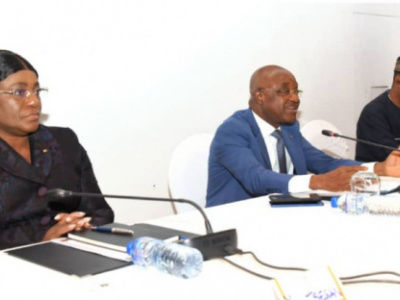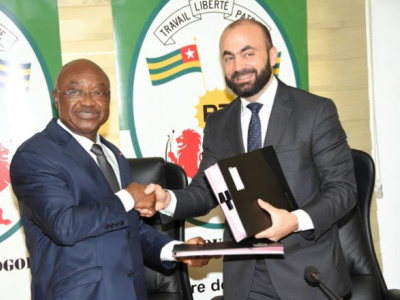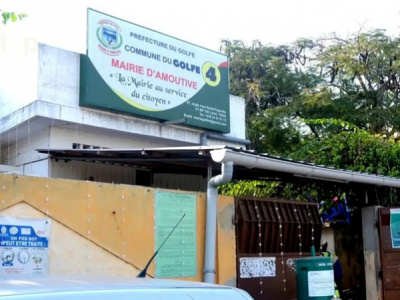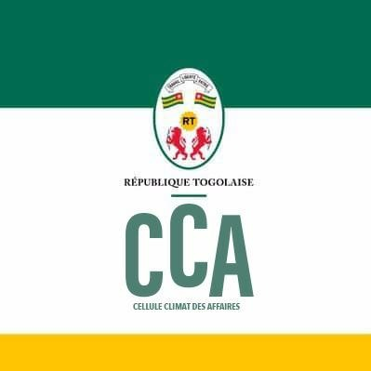Marc Ably-Bidamon: “Togo’s ambition is to provide electricity to its whole population by 2030”
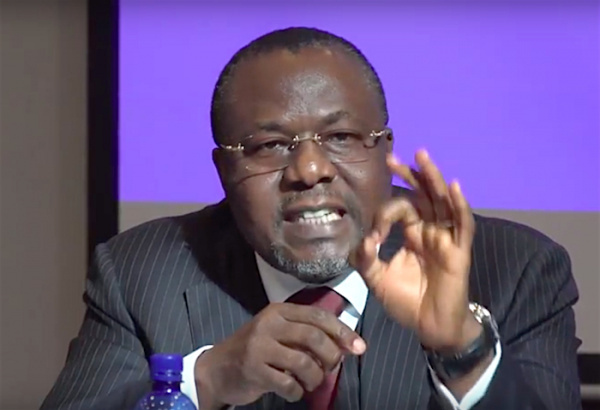
(Togo First) - At the close of June 2018, Togo’s government launched a new national electrification strategy for the next 12 years; a strategy backed by major lenders under which authorities plan to provide power to all Togolese by 2030. In this interview with the minister of energy, Marc Ably-Bidamon, more details are provided regarding the electrification strategy which is one of the key axis of Togo’s recently adopted 2018-2022 National Development Plan.
Togo First: How is Togo’s power sector doing?
Marc Ably-Bidamon (MAB): First, I would like to sincerely thank you for your interest in our activities at the ministry of mines and energy. Now, regarding your question, Togo’s power sector is doing well. Led by the President, our government has made access to power for all, a priority. This is in line with the United Nations’ objective to achieve, by 2030, universal access to power ; power that is cheap yet of quality, and mostly that preserves the environment. In this framework, the Togolese government is doing everything to provide populations with better living conditions by ensuring constant power supply. In addition, many projects and initiatives will be launched to boost the local power sector and improve its management.
Togo First: In effect, what are the major actions that are being put in place by the government to achieve this goal?
MAB: The launch of the electrification strategy followed by the meeting of lenders and investors, held June 27 and 28, 2018, I believe, constitutes a good response to the government’s objectives.
Truly, Togo’s electrification strategy contains the government’s vision regarding national electrification by 2030. This vision aligns with SDG7 which aims to ensure access to affordable, reliable, sustainable and modern energy for all. Togo actually wants to provide all Togolese full access to electricity by 2030.
To this end, we plan to combine on-grid and off-grid (mini solar grids and solar kits) power sources.
There are also various projects that are being implemented or about to be, all over the country. The CIZO project is an example of such projects. Initiated by the President himself, this project aims to provide power to more than two million Togolese by 2022, supplying them solar kits. Another example is a project that will see 185 communities electrified.
Togo First: What is your review of the previously mentioned roundtable?
MAB: The roundtable which gathered global actors focused on assessing Togo’s electrification strategy. I would like to emphasize that it was the Head of State, Faure Essozimna Gnassingbé, who was the main initiator of the electrification strategy’s elaboration, its official launch as well as the model drawn to raise the funds needed for its effective implementation. I now get back to your question which was my assessment of this roundtable. Straight forward, I can say it was a true success, in regards to its organization; goals were met and regarding its benefits, we already recorded some, such as AfDB’s financial support but also commitments from other development partners. Testimonies from national and international participants have proven how successful the event was. Full of experience and skill sharing, this meeting is one that is highly satisfactory.
Togo First: Do you believe Togo can achieve universal power access by 2030?
MAB: This is something that the government has committed to and intends to achieve using all appropriate and necessary means. That is why we are calling our technical and financial partners, and any other willing parties, to support us in the process. These partners’ trust and the President’s own involvement are factors that reassure us and make us strongly believe that this ambition will become a reality.
Togo First: Under its new electrification strategy, Togo bets on clean energy. In fact, the roadmap plans for this type of energy to contribute 50% of its mix by 2030. What assets would you say Togo can currently leverage on to develop renewable energies?
MAB: Our first asset, I would say, is a strong sunshine exposure; this eases the exploitation of solar facilities such as individual kits and solar mini grids. The other main asset is the availability of water bodies which can host hydropower dams.
In addition to these, there is again the electrification strategy and the clean energy law which also is a key tool to ensure the emergence of energy infrastructures.
Togo First: You just mentioned that Togo adopted a law to promote and develop clean energy. What opportunities does this new law offer?
MAB: This law sets the general legal framework related to projects that will help generate power from clean sources, be it for self-use or export.
It gives the government a reliable legal tool that focuses on the management of the clean energy sector in Togo. It also is a lever that will help, efficiently and effectively, implement the various components of the national electrification strategy, launched last June 27. This strategy is based on a public-private partnership in which local private investors play a significant role.
This law will help implement our power strategy as this one relies strongly on clean energies, especially solar and hydropower, while ensuring environmental protection, in accordance with the seventh sustainable development goal.
Its application will facilitate power supply, in a significant manner, to vulnerable populations.
Interview by Fiacre E. Kakpo
